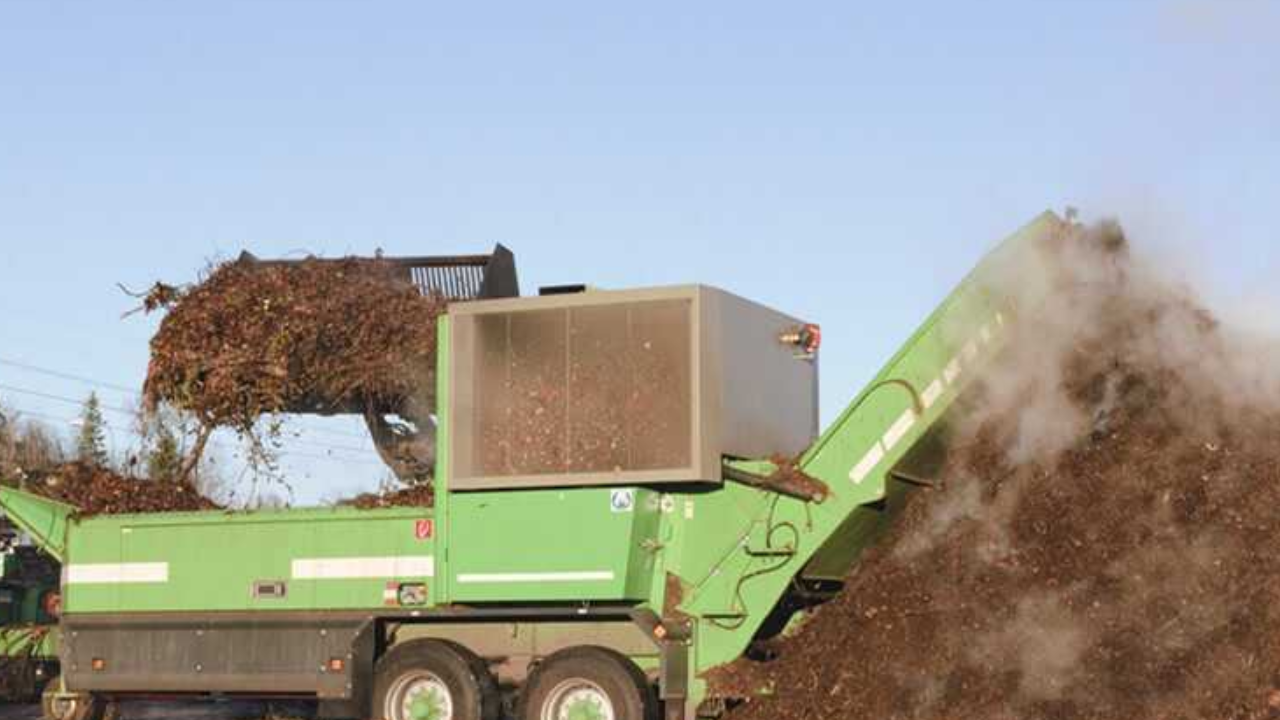Tub grinder teeth are the essential additives responsible for the efficient grinding and shredding of numerous substances in industries consisting of timber processing, recycling, and land clearing. These teeth, normally hooked up at the grinder's rotor or hammer mill, go through rigorous wear and tear as they pulverize everything from logs and brush to demolition particles and natural waste.
The importance of tub grinder enamel cannot be overstated, as it impacts the performance, productivity, and profitability of grinding operations. By way of efficaciously breaking down bulky substances into smaller, extra practicable pieces, tub grinder teeth facilitate methods inclusive of mulching, composting, biomass manufacturing, and fuel processing. Moreover, nicely maintained teeth ensure regular particle size reduction, which is critical for producing remarkable cease merchandise.
Factors Affecting Tub Grinder Teeth Lifespan
These powerful units depend closely on their enamel to shred and grind various substances effectively. However, the lifespan of tub grinder enamel can vary appreciably depending on numerous elements. Understanding these factors is critical for maximizing the overall performance and durability of these essential additives.
Material Composition
The material composition of tub grinder teeth plays a considerable role in determining their lifespan. Enamel made from wonderful materials, which includes tungsten carbide or cast metal, tends to last longer than those made from lower-grade alloys. Carbide-tipped teeth, in particular, are recognized for their incredible hardness and wear resistance, making them perfect for grinding applications.
Grinding Intensity and Frequency
The intensity and frequency of grinding operations without delay affect the wear and tear experienced through the tub grinder tooth. Heavy-responsibility grinding obligations or non-stop operation can boost the price of wear, leading to a shorter lifespan. Conversely, lighter masses or intermittent use might also bring about longer-lasting teeth. It's critical to the grinder's capability and specifications with the supposed workload to optimize enamel sturdiness.
Material type and Hardness
The type and hardness of the material being processed have a large influence on the lifespan of tub grinder teeth. Grinding softer materials like wood or green waste typically causes less wear compared to grinding abrasive materials such as concrete, asphalt, or rocks. Teeth subjected to excessive grinding of hard materials are more vulnerable to chipping, fracturing, or untimely dulling, decreasing their lifespan.
Proper Tooth Maintenance
Normal maintenance and protection are essential for prolonging the lifespan of tub grinder teeth. This includes recurring inspection, cleaning, sprucing, and, if essential, replacement of worn or broken enamel. Neglecting renovation tasks can lead to increased wear, decreased performance, and costly downtime. Imposing a preventive maintenance schedule ensures that the tooth remains in the most reliable situation for prolonged periods.
Grinder Setup and Configuration
The setup and configuration of the tub grinder also affect tooth lifespan. Factors such as rotor pace, hammermill length, screen configuration, and feed fee can affect the wear and tear pattern and pressure distribution on enamel. Proper adjustment and calibration of the grinder to the cloth being processed help decrease excessive put on and extend enamel life.
Operator Skill and Experience
Operator skill and revel play a critical role in maximizing the lifespan of tub grinder teeth. Knowledgeable operators apprehend how to operate the grinder effectively, keep away from unnecessary strain on the enamel, and discover potential problems early on. Right feeding techniques, maintaining regular feed prices, and tracking grinder performance contribute to prolonged tooth life and universal productivity.
Conclusion
The lifespan of tub grinder teeth is influenced by numerous interconnected factors, together with material composition, grinding depth, material type, maintenance practices, grinder setup, and operator skill. With the aid of knowledge and addressing these factors proactively, operators can optimize tooth toughness, minimize downtime, and maximize the efficiency and profitability of tubtub grinding operations. Everyday inspection, maintenance, and using brilliant alternative elements are important components of a comprehensive approach to increasing the lifespan of tub grinder enamel.


